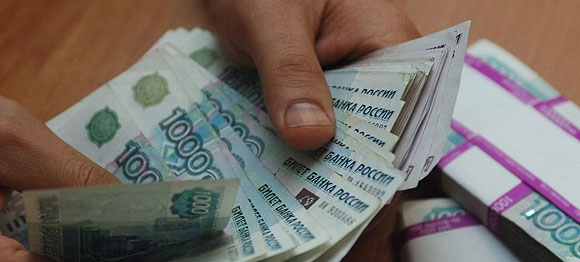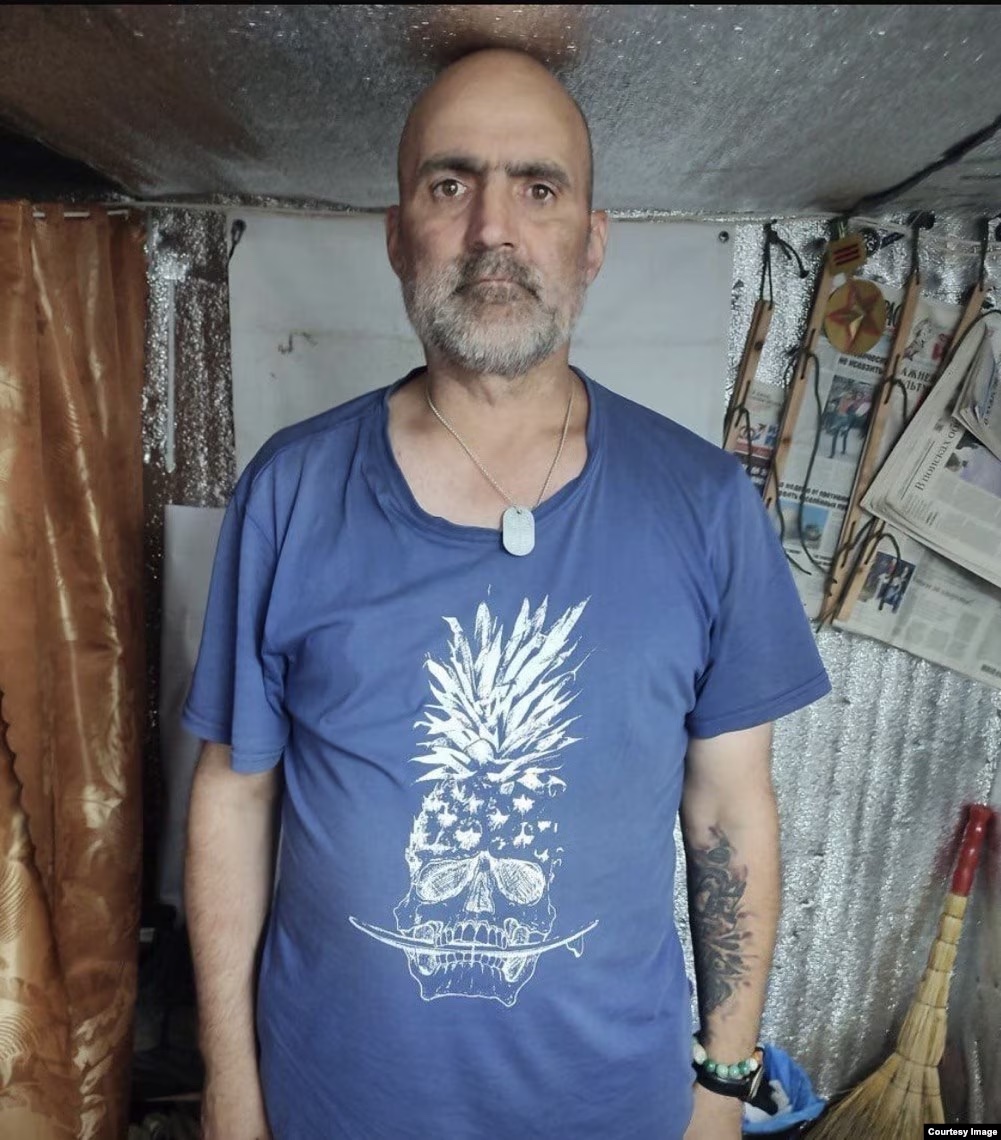In a now-famous thread on Russian Army tires, @TrentTelenko highlighted problems that likely arose from failures in vehicle maintenance. That got me thinking: how does Russia store its vehicles and what does this imply for how many usable tanks it actually has? A (long) 🧵. /1 

According to the International Institute for Strategic Studies "Military Balance", Russia has 2,800 tanks and 13,000 other armoured vehicles (reconnaissance and infantry fighting vehicles) in current use with another 10,000 tanks and 8,500 armoured vehicles in storage. /2
Stored vehicles can be mobilised and put on trains for transportation to wherever is needed. In the months leading up to the war in Ukraine, trains carrying tanks and other armoured vehicles were a frequent and highly visible sight across Russia. /3
However, the Russians have had major problems. @TrentTelenko highlighted evidence of tires bleeding oil because of poor maintenance, causing the abandonment of many Russian vehicles in the field and their capture by the Ukrainians. /4
https://twitter.com/TrentTelenko/status/1499164245250002944
There appear to have been many other breakdowns plaguing Russia's ability to fight. A recent video shows a BMP crew desperately trying to fire their jammed main gun in the midst of a Ukrainian attack which has already destroyed another Russian BMP. /5
Mechanical problems also plagued the Russian invasion of Georgia in 2008. Repair crews had to be stationed every 15 mi (25 km) along the invasion route to deal with the volume of breakdowns. So this isn't a new problem. The Russians don't seem to have solved it yet. /6 

Facing huge losses of equipment in Ukraine, Russia has mobilised stored vehicles. But here, too, the situation appears to be bad: according to Ukraine's military intelligence service, Russia's 4th Tank Division found that only 1 in 10 tanks mobilised from storage was usable. /7 

Russia keeps its unused tanks in Bases for Storage and Repair of Weapons and Military Equipment (BHiRVT) and Central Tank Storage Bases (TsTRB). There were hundreds of such bases around Russia, but it aims to reduce the number to 24 large transshipment and logistics complexes. /8
Let's look at one of these large sites. This is the 227th military storage base in Ulan-Ude, Buryatiya (51.895771°N 107.528414°E). It's located alongside a railway line to enable easy transshipment of vehicles by rail. Many tanks now in Ukraine likely came from here. /9 

Large numbers of vehicles are visible standing in the open air, in front of a number of storage sheds and workshops, which likely contain more vehicles and maintenance facilities. There's also an apparent tank graveyard. Russia grades storage facilities in four categories: /10 

* light - stored in a heated space
* medium - stored in a closed unheated space
* hard - stored in the open under a canopy
* very hard - stored in the open in all climatic zones and under a canopy in industrial or maritime areas (where pollution and sea area is a problem). /11
* medium - stored in a closed unheated space
* hard - stored in the open under a canopy
* very hard - stored in the open in all climatic zones and under a canopy in industrial or maritime areas (where pollution and sea area is a problem). /11
What do these mean in practice? Here's some images to illustrate the different types of storage, from light through medium, hard and very hard. /12 







Note that many of these vehicles are very old. Remember that figure of 10,000 tanks? It includes at least 2,800 T-55s, 2,500 T-62s, and 2,000 T-64s - all of which are obsolete. Some many be 60 or more years old and would stand no chance in a Ukraine-style conflict. /13 

Remarkably, some WW2 T-34s are still stockpiled for use in Victory Day parades. Russia used T-62s in conflict as recently as Georgia in 2008, and in exercises as recently as 2018. Some T-62s are said to have gone to Syria to replace the Syrian government's war losses. /14 

It's worth noting that the Russian climate is very unforgiving for mechanical equipment of all kinds. Recorded temperatures have ranged from 45C in summer to -71C in winter. Most regions get varying but usually significant amounts of precipitation year-round. /15 

Let's compare this briefly to how the US does it. The biggest US tank storage depot is the Sierra Army Depot (SIAD) in Northern California, sited on 36,000 acres of desert 4,000 ft (1.2 km) above sea level. Its arid climate makes it ideal for long-term storage. /16 

SIAD stores around 29,000 items of equipment, including some 2,000 M1A1 Abrams tanks - many of which are now likely to go to central and eastern Europe to replace Soviet-era equipment. The high desert climate helps to preserve the vehicles despite exposure to the open air. /17 

Russia, like the US, has detailed manuals for vehicle maintenance. But it's a safe bet that sound maintenance practices have been neglected. In particular, it's likely that no maintenance at all was done for years in the aftermath of the Soviet collapse in the early 1990s. /18
The T-72s and T-80s currently in service are likely the product of decades of cannibalisation of parts from stored equipment. But maintenance also requires a steady supply of new parts, like batteries, which brings us to the biggest problem: rampant kleptocracy. /19 

Military maintenance and supply contracts are prime targets for corruption everywhere. The US had its own massive scandal a few years ago with the "Fat Leonard" case, when contractor Leonard Francis bilked the US Navy of tens of millions of dollars. /20 

Russia has an all-pervasive culture of theft and corruption. In January 2022, Col Evgeny Pustovoy, head of the procurement department for armoured vehicles, was accused of stealing $13m through fake contracts for batteries. He is currently awaiting trial. /21
In March 2022, Ukraine reported that stored tanks transported to a Russian maintenance base near the Ukrainian border arrived in an unusable condition, stripped of valuable optics and electronics containing high-value metals. Some did not even have engines. /22
Such looting is very likely rife in isolated, poorly-supervised storage bases which are often located in poor regions and inadequately guarded against thieves. Other forms of corner-cutting are highly likely too, particularly if money can be skimmed in the process. /23
For instance, if stored tanks are only needed for a few weeks a year to participate in highly scripted exercises, why spend time and money maintaining them for the other 11 months? It's not like they'll be needed to fight a war! ... Oops. /24
This sheds a sobering light on Russia's war losses. According to Ukraine, Russia has lost 1,254 tanks since 24 Feb. Now consider that the IISS reports that Russia has 2,800 tanks in service. Where are the replacements to come from? /25
https://twitter.com/MFA_Ukraine/status/1527262694390235137
I think it's likely that the vast majority of the 10,000 tanks in storage are either unusable or so obsolete that they would be (even more of) death traps in Ukraine. If the Ukrainian and IISS figures are correct, Russia may have lost nearly 45% of its usable tank force. /26
There may well be scope for further cannibalisation of stored tanks and mobilisation of more older tanks. The nature of Russia's losses seem to be changing, perhaps reflecting this. Its losses in the first weeks of the war were concentrated among its most modern tanks. /27
For instance, modernised T-72B3-Obr2016 made up about 20% of Russia's active fleet but reportedly accounted for about 35% of its tank losses in the first weeks. Recently reported losses have reportedly been concentrated among much older models. /28
In short, Russia's tank capabilities are likely significantly degraded already. Its gigantic tank losses are likely to become a critical problem by the late summer if high loss rates persist (and I can't see why they shouldn't). /29
And because Russia can't build new tanks fast enough and its remaining stored tanks are likely mostly useless, a crunch point is coming. How much longer can it continue to throw tanks at the Ukrainians? /end
@TheStudyofWar @Militarylandnet @RALee85 @War_Mapper @Blue_Sauron @JominiW @Osinttechnical @oryxspioenkop @TrentTelenko @MarkHertling @DomNicholls @Nrg8000 @UAWeapons @yarotrof @WarintheFuture @KofmanMichael @michaeldweiss @IAPonomarenko @JoshManning23 @johnsweeneyroar
• • •
Missing some Tweet in this thread? You can try to
force a refresh








